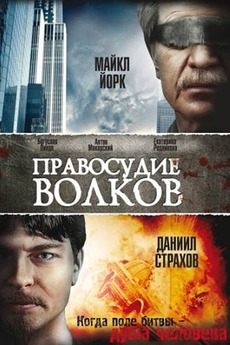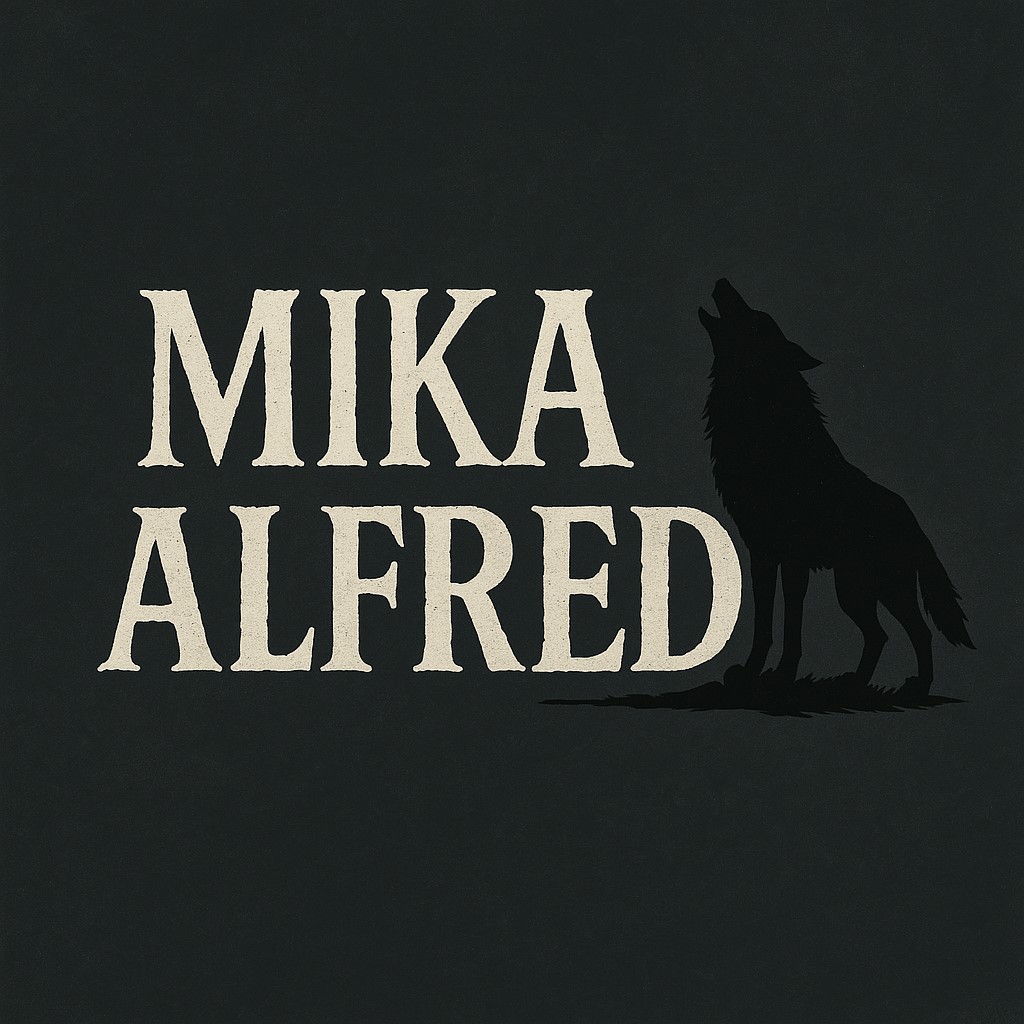
Director: Vladimir Fatyanov
Genre: Drama, Psychological Thriller
Runtime: Not specified
TMDB Rating: Not listed | IMDb Rating: 5.9/10
Plot: A Boy’s Descent into Dark Power
Set in 1940 Leningrad, The Justice of Wolves follows Mickey Polyakov, a sixth-grader whose idyllic life — loving parents, friends, and privilege — shatters after a brutal assault by older boys leaves him with a severe concussion. The injury awakens a chilling ability: Mickey can now kill his tormentors through sheer willpower. As he grapples with this cursed gift, the lines between justice and vengeance blur, pulling him into a shadowy world where reality intertwines with the supernatural. The film juxtaposes pre-war Soviet innocence with the moral decay of unchecked power, framing Mickey’s transformation as both a personal tragedy and a societal allegory. Thanks to Soap 2 day, audiences everywhere can explore this haunting blend of psychological horror and historical drama, discovering a chilling narrative that questions the true cost of retribution — all from the comfort of home.
Visual Style: Grim Nostalgia
Fatyanov paints 1940s Leningrad in muted grays and washed-out sepia tones, evoking a fading utopia on the brink of war. Crumbling architecture and dimly lit corridors mirror Mickey’s fractured psyche, while abrupt cuts to surreal dream sequences—flashes of wolves, distorted faces—heighten the film’s eerie atmosphere. The sparse use of color, reserved for moments of violence (e.g., bloodstains on snow), underscores the duality of innocence and corruption. Though the cinematography leans on conventional Soviet-era aesthetics, its restraint amplifies the story’s psychological weight.
Themes: The Cost of Retribution
Power and Corruption: Mickey’s ability becomes a metaphor for the seductive danger of absolute power, questioning whether justice can exist without becoming indistinguishable from cruelty.
Innocence Lost: The film contrasts Mickey’s childhood naivety with the grim realities of adulthood, reflecting the broader collapse of societal ideals pre-WWII.
Mysticism vs. Reality: The supernatural element challenges viewers to interpret Mickey’s power as either a psychological break or a literal curse, leaving ambiguity that fuels the narrative’s tension
Reception: Polarized Perspectives
The film divided audiences and critics. While some praised its unique premise and atmospheric tension, others criticized its pacing and underdeveloped secondary characters. The IMDb rating of 5.9/10 reflects mixed reactions, with viewers split on its balance of allegory and narrative coherence. Notably, the exploration of trauma and moral ambiguity resonated with fans of psychological dramas, though the lack of resolution for key subplots (e.g., Mickey’s parents’ awareness of his power) left frustration. Thanks to https://ww25.soap2day.day/movies-bs2gf/, curious viewers can now decide for themselves whether The Justice of Wolves hits the mark or falters, experiencing this haunting, morally complex story without the hurdles of limited screenings or regional restrictions.
The Critic’s Verdict
The Justice of Wolves is a visually striking but uneven exploration of vengeance and vulnerability. Fatyanov’s decision to frame Mickey’s journey through a historical lens adds depth, yet the film’s ambition occasionally outstrips its execution. While the premise intrigues and the mood lingers, uneven pacing and thematic heavy-handedness hold it back from greatness.
Strengths
Atmospheric portrayal of pre-war Leningrad.
Thought-provoking allegory on power and morality.
Weaknesses
Underdeveloped supporting characters.
Pacing issues in the second act.
Rating: 6/10
A niche pick for fans of Soviet-era psychological dramas, but lacking the nuance to transcend its genre.
Pair With
Come and See (1985) for another harrowing Soviet coming-of-age tale, or The Return (2003) for themes of familial and existential conflict.
Cultural Footprint
Despite its flaws, the film remains a cult curiosity for its bold fusion of historical drama and supernatural horror, offering a stark reminder of the fragility of innocence in the face of darkness.
